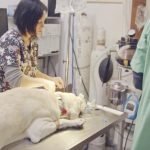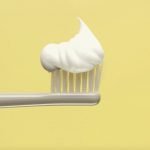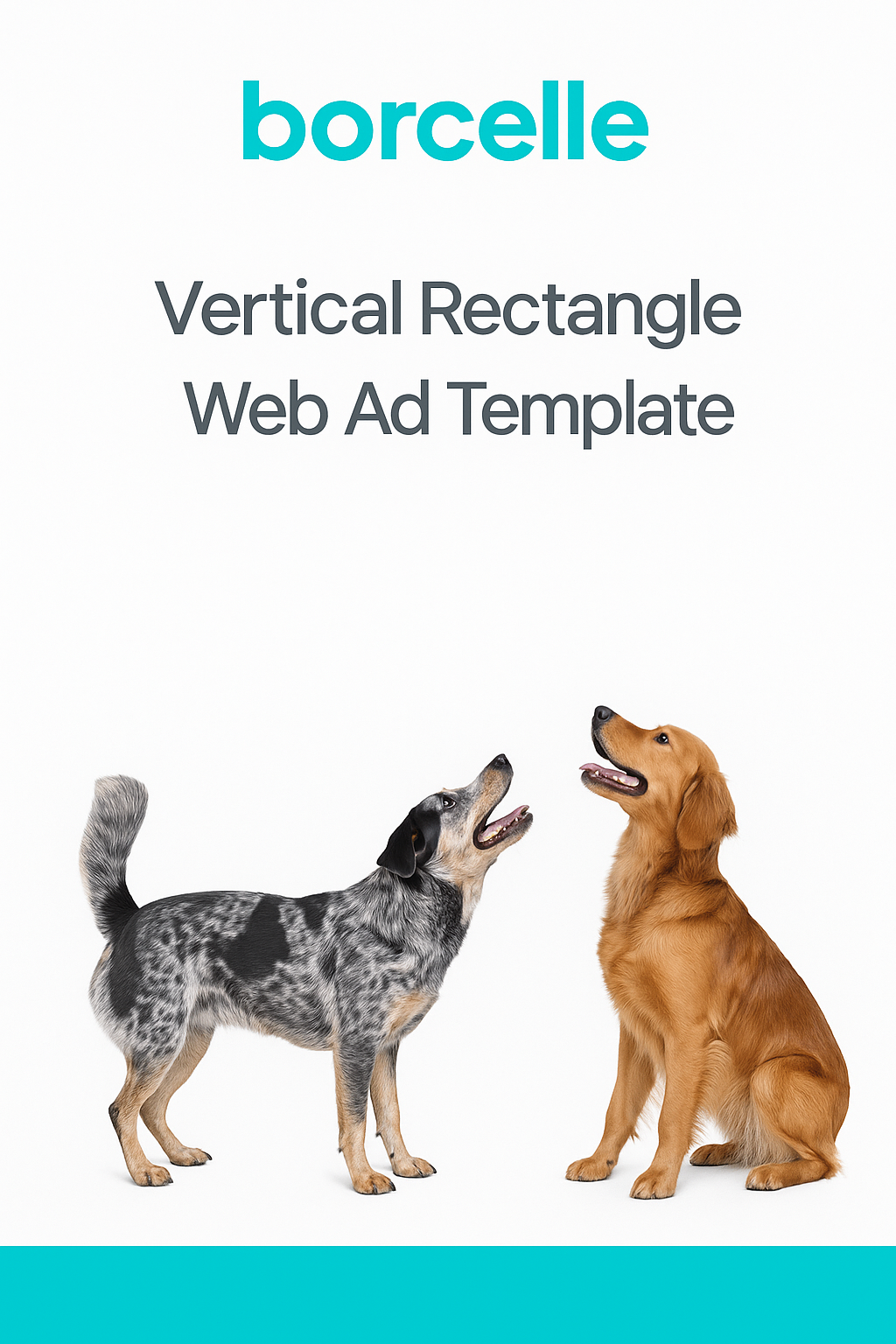The professional pet dental cleaning is the most complete method to examine the teeth and gums. In this video, Jeanne discusses the process of the professional dental cleaning for dogs and cats starting from the oral exam and X-rays, to the procedure and then home care.
She is a founding member and former president of the Academy of Veterinary Dental Technicians – A NAVTA Specialty Group which certifies, trains and mentors credentialed technicians to be specialists in dentistry.
For more answers to common dental care questions click here.
TRANSCRIPT:
A professional cleaning begins in the examination room where the veterinarian looks at the teeth and designs a treatment plan. A professional cleaning requires your pet be placed under anesthesia. Depending on your pet’s health, bloodwork and/or consultation with a veterinary specialist may be required to provide input for the treatment plan. These actions assure your pet has the safest experience while under anesthesia.
At a future date, you will drop off your pet, review and sign the anesthetic and treatment release. Most clinics will ask for a phone number if there are any questions or if changes need to be made to the treatment plan. To make sure the procedure moves efficiently, it is important to be easily reachable.
Your pet will be placed under anesthesia and an oral exam and dental X-rays are performed by both the veterinarian and the technician or nurse. The patient has another technician or nurse dedicated to monitoring the anesthesia. The oral exam findings will be written in the dental chart and the dental radiographs will be reviewed by the veterinarian. If there are any changes to the treatment plan, you will be contacted for approval. Sometimes, your pet may require a more advanced procedure and you may be asked if you want to be referred to a veterinary dentist. Dental procedures can require 1 – 3 hours under anesthesia depending on the procedures that need to be performed. Once the procedure has been completed, you will be contacted with an update and provided with a time to pick up. If your pet has had multiple oral surgical procedures performed, you might consider having regular yearly professional cleanings. Regular professional cleanings keep the mouth healthier which can mean less time under anesthesia and less expense. Check with your veterinarian to see what they recommend.
Often the pet will be sent home the same day. You should be given release instructions. It is important to give your pet time to reacclimatize at home. Give them at least 1-2 hours before offering food and water. Offer the food and water in small amounts up until bedtime then you can begin regular scheduled feedings in the morning. If your pet has had oral surgery that requires stitches, a softened diet is recommended. A softened diet can mean canned food – either the canned version of their regular diet or a prescribed diet by your veterinarian. If your pet does not eat canned food, you can moisten the dry food in some water or low sodium chicken broth. The softened diet needs to be given for 7-10 days while the gums heal. Once your veterinarian has released your pet from treatment, you can return to their regular diet on their regular schedule.








